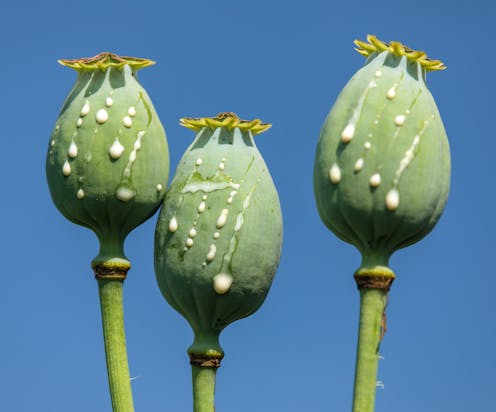how the opium trade shaped the modern world
- Written by Kevin Foster, Associate Professor, School of Languages, Literatures, Cultures and Linguistics, Monash University

In the final pages of Smoke and Ashes: Opium’s Hidden Histories[1], Amitav Ghosh volunteers a startling confession. Though he had spent many years working on the book and had “accumulated an enormous amount of material”, he decided he could not go on with it, as he was overwhelmed by the “despicable meanness” of the subject matter. Accordingly, he cancelled the contracts he had signed and returned the advances to his publishers.
Beside the despair occasioned by the catalogue of exploitation, brutality and misery, Ghosh also had to reckon with an unusual narrative challenge: at the heart of his book was “a non-human protagonist, a plant”.
So, why did he change his mind and eventually return to the project?
Smoke and Ashes: Opium’s Hidden Histories – Amitav Ghosh (John Murray)
Ghosh claims it was not a conceptual breakthrough that brought him back to the book, but the evidence of the Earth’s vitality, embodied in the potency of a single plant, the opium poppy, and broadly reflected in the effects of climate change.
In the face of climbing temperatures, rising sea levels and increasingly destructive storms, it is clear to Ghosh that humankind is headed for a painful reckoning. He contends that we have suffered through this lesson before, yet failed to profit from it.
His record of humankind’s efforts to make the opium poppy an instrument of political and economic power becomes a compelling parable of our collective failure to treat the natural world with the respect it commands and learn from painful experience that those who sow the wind reap the whirlwind.

















